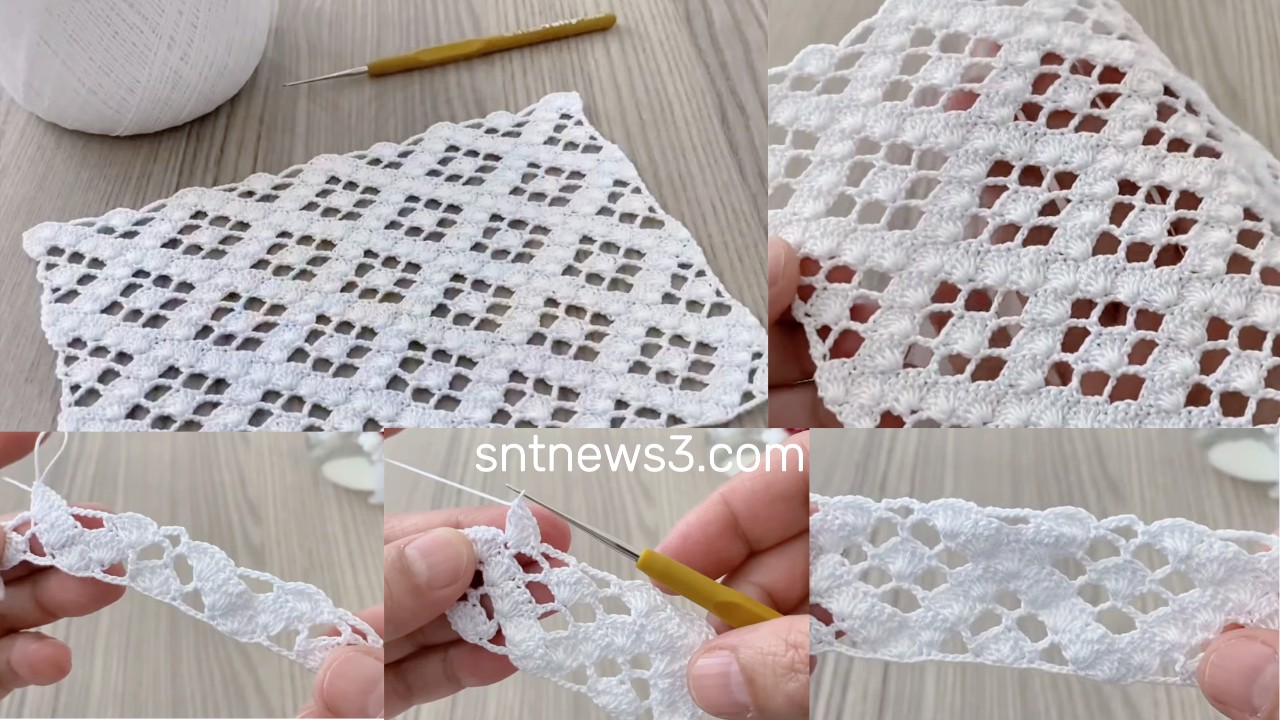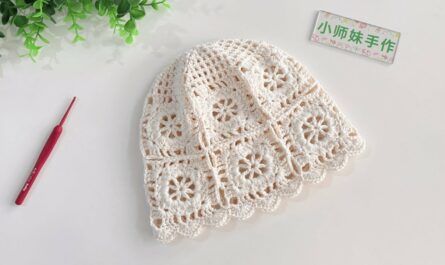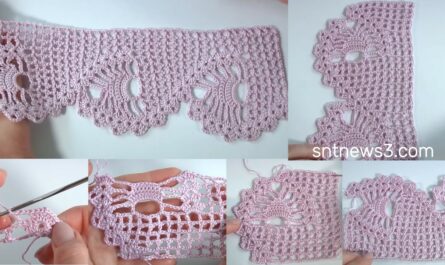Quick summary
- What: vertical diamond lace worked as a repeating panel.
- Uses: narrow/wide runner, rectangular shawl/wrap, scarf, wrap.
- Skill: Beginner → easy (repeats are simple).
- Terms: US crochet abbreviations.
Materials
- Yarn: fingering → DK for airy shawl/runner. (Cotton/blend for crisp runner; drapey blends for shawls.)
- Hook: depends on yarn — sample uses DK + 3.5 mm. Adjust to get desired drape/gauge.
- Tapestry needle, blocking mat & pins, scissors, tape measure.
- Optional: beads for tips, fringe/tassels.
Abbreviations (US)
- ch = chain
- sc = single crochet
- dc = double crochet
- hdc = half double crochet
- tr = treble (UK = dc)
- sl st = slip stitch
- sp = space
- st = stitch
- rep = repeat
- RS = right side

Stitch multiple
Work a foundation chain multiple of 12 + 5 (12n + 5).
Example starter chains: 29 (12×2 +5), 41 (12×3 +5), 53 (12×4 +5), etc.
Why 12+5: each diamond repeat uses 12 sts horizontally; extra 5 gives edge balance.
Gauge & swatch (do this first)
- Chain 53 (12×4 +5).
- Work the pattern for 12–14 rows, block flat.
- Measure width of swatch to get sts per 10 cm and rows per 10 cm. Use these to scale your runner or shawl precisely.
Pattern concept (short)
The pattern uses alternating rows of fan/shell clusters and V-st/ch arches so that visually distinct diamonds appear vertically. Diamonds are formed by shaping the height of shells and aligning V-st anchors.
Worked pattern — Row by row (one repeat = 2 rows)
Foundation
Chain a multiple of 12 + 5 (example ch 53).
(Optional stabilizer row) Row 0: dc in 4th ch from hook and across. Turn. This gives a neat base edge.
Row 1 — Fan / shell bases (RS)
- ch 3 (counts as dc), dc in next st.
- skip 2 sts, 5 dc in next st (shell), skip 2 sts, dc in next 2 sts — repeat across until you have 2 sts left after the last full repeat. End with dc in last 2 sts (or dc in top of turning ch if you used Row 0). Turn.
Notes: shell creates the wide diamond belly.
Row 2 — Diamond anchors (V-st + chain arches)
- ch 3 (counts as dc), dc in next dc.
- ch 3, V-st (dc, ch1, dc) into the middle dc of the 5-dc shell below, ch 3, dc in next 2 dc — repeat across, ending with dc in final dc. Turn.
This anchors the points and makes the diamond vertical column.

How the repeat looks (visual)
- Row 1 (shells) makes wide areas (diamond bodies).
- Row 2 (V-st / ch arches) pulls a vertical spine through center of shells to create diamond points.
Repeat Rows 1–2 for the full piece.
Edge finish rules
- For an even vertical edge: always finish the row so you end with
dcin the final 2 sts — that keeps both edges symmetrical. - If you prefer a scalloped edge, add a finishing shell round after pattern and a sc stabilizer round.
Example sizes (use your blocked motif W & gauge to adjust)
Narrow runner (table runner)
- Finished width ~30–35 cm (choose chain accordingly).
- Example with W ~10 cm per diamond repeat: choose
12 × 2 + 5 = ch 29for ~one column of 2 diamonds across (adjust with your swatch). - Length: repeat rows until length ~120–140 cm. Add border and fringe if desired.
Rectangular shawl / wrap
- Width: 60–75 cm (ch computed by sts/cm × width, rounded to 12n+5).
- Length: 170–200 cm for a long wrap; shorter for a stole.
- For DK yarn, typical shawl might be 53–77 chains starter (four to six repeats across) and ~160–220 rows depending on row gauge.
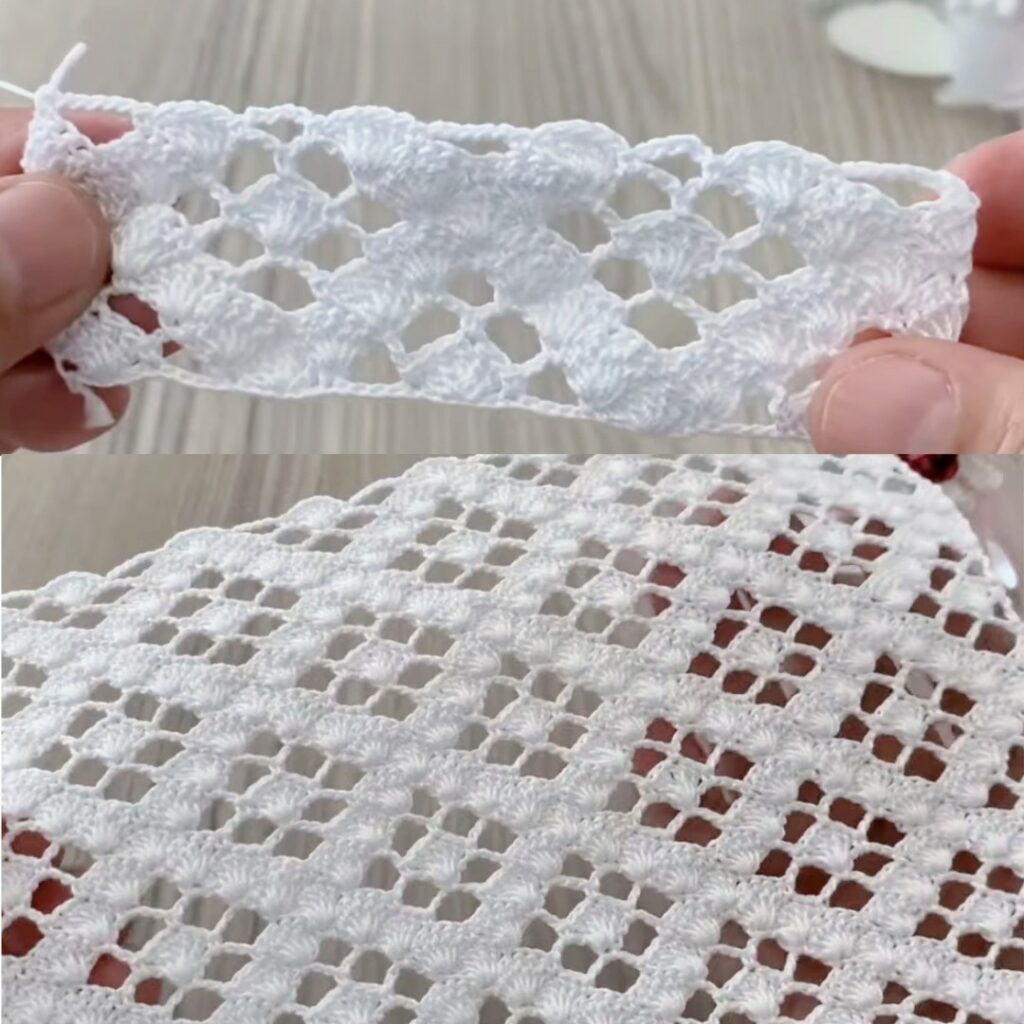
Border & finishing suggestions
Basic neat border (recommended)
- After finishing pattern, work 1 round sc evenly around whole piece (3 sc in each corner if rectangular).
- Work 1–2 rounds of hdc in BLO for a neat band (good for garments).
Scalloped decorative border
- sc round as stabilizer.
- skip 2 sc, 5 dc in next sc (shell), skip 2 sc, sc in next sc — repeat for pretty scallops.
- Optionally add picot at shell peaks:
(sc, ch3, sl st in same sc)every shell.
Fringe / tassels (shawl)
- Add evenly along the two short edges. Use a small fold of 6–8 strands per tassel. Tassels bring boho look.
Blocking
Wet or steam block pinned to exact dimensions to open diamonds. Blocking is what makes lace read crisp — don’t skip it.
Yarn & yardage (estimate method)
- Make and block a 10 × 10 cm swatch; weigh it if possible or count stitches/rows.
- Compute area of final piece in cm² and use swatch yarn consumption (g per cm²) to estimate total grams. Simple method: weigh swatch grams → scale up.
- As a rough guideline (DK yarn):
- Narrow runner (~35 × 120 cm): 300–500 g
- Large shawl (~70 × 190 cm): 600–1200 g depending on yarn weight and fringe
Always buy 10–15% extra to match dye lots.
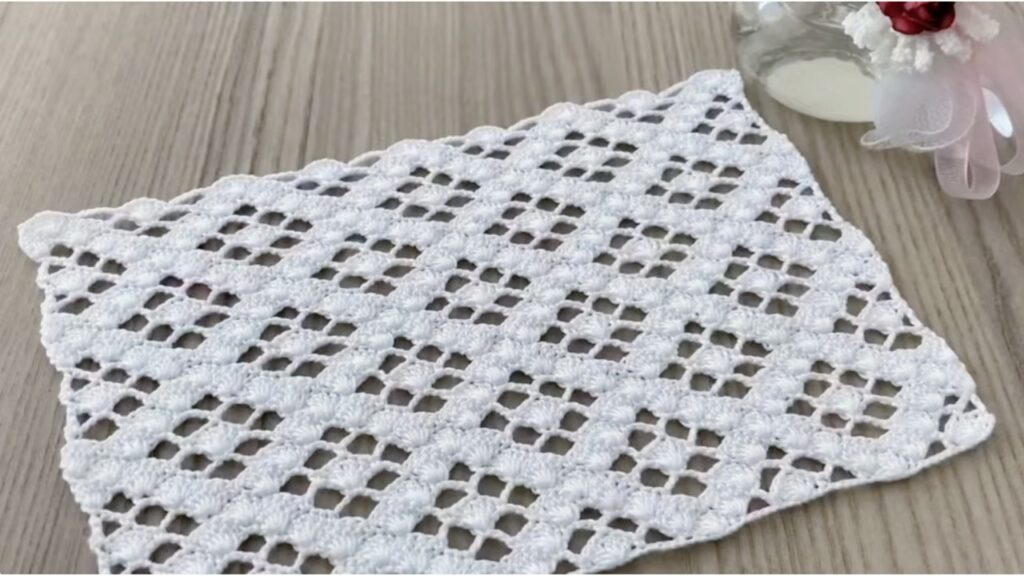
Variations & design notes
- Use 3-color stripes every 16 rows for subtle bands.
- Make diamond inset panels: work a wide plain band between diamond panels to make a modern runner.
- Replace 5-dc shells with 3-dc shells for smaller, tighter diamonds.
- Add a central medallion (crochet a motif and join into the diamond panel) for a statement runner.
Troubleshooting & tips
- If diamonds look compressed vertically → use a taller chain arch (ch4 instead of ch3) on Row 2 OR switch to slightly looser tension.
- If edges are wavy → add a sc stabilizer round before scallops.
- If pattern shifts horizontally → ensure your foundation chain is correct (12n + 5) and that you always complete edge dc.
- If fabric is too open → use a hook one size smaller. Too stiff → go one size larger or choose a softer yarn.
Complete small sample pattern (copy/paste friendly)
Use ch 53 as sample.
Row 0 (optional): dc across. Turn.
Row 1: ch3 (counts dc), dc in next st, sk 2, 5 dc in next st, sk 2, dc in next 2 dc; rep to last 2 sts, dc in last 2 sts. Turn.
Row 2: ch3, dc in next dc, ch3, (dc, ch1, dc) into center dc of 5-dc shell below, ch3, dc in next 2 dc; rep to last sts, dc in last dc. Turn.
Repeat Rows 1–2 until desired length. Finish with sc round and scallop edge if desired. Block.
VIDEO:
